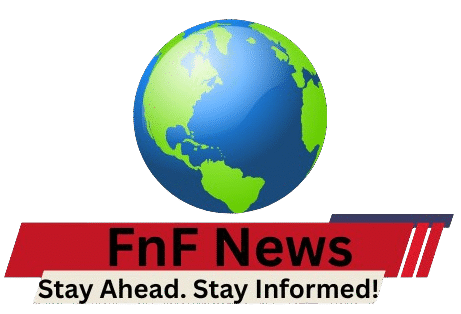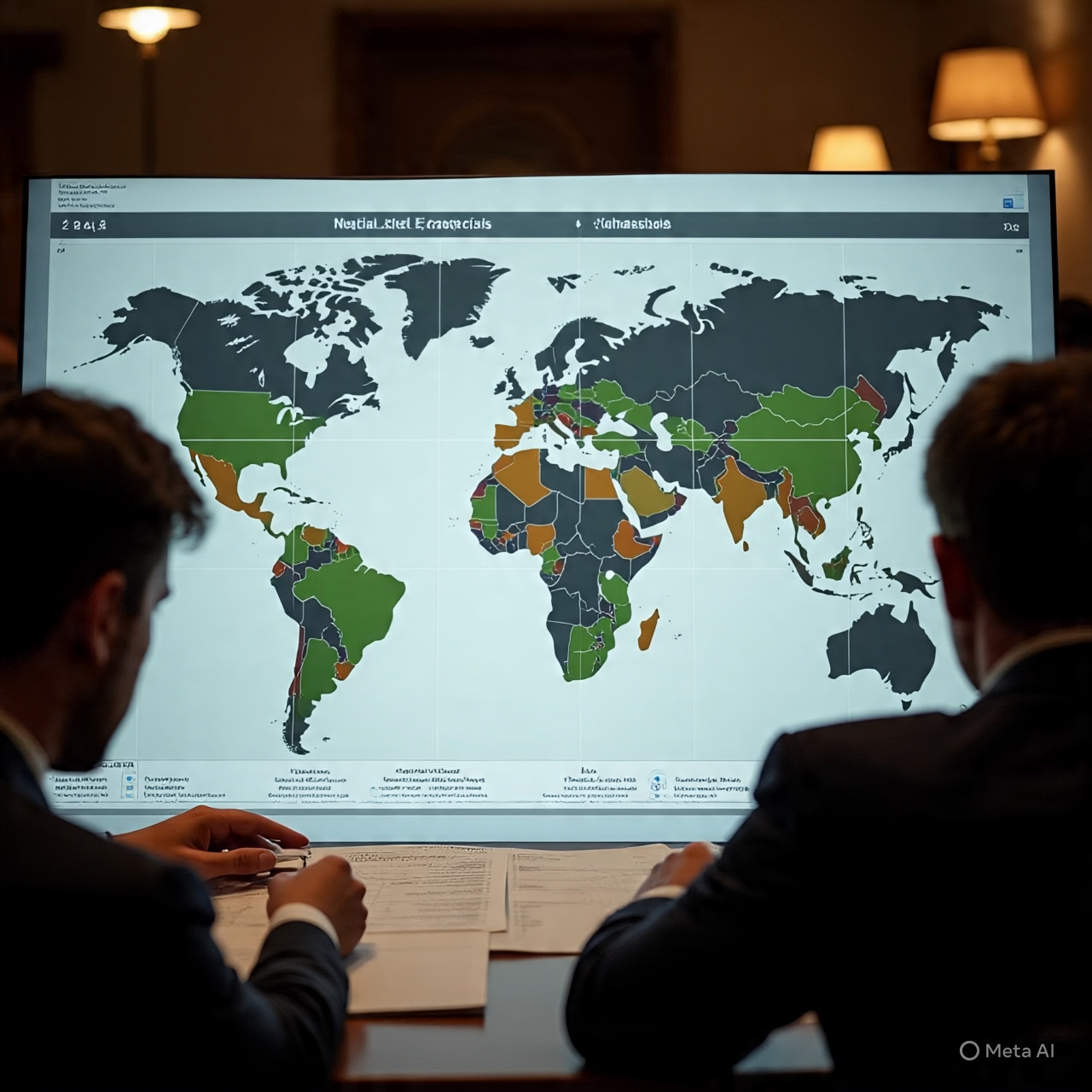FnF News
Fragile Nations, Forgotten Crises: The World’s Most Unstable Countries in 2025
By Khadija Khan
June 5, 2025
In a world hyper-focused on tech innovation, AI revolutions, and global market shifts, the slow-burning crises of some of the most unstable nations continue to unfold — often unnoticed by the international spotlight. Countries like Afghanistan, Myanmar, Chad, Congo, Equatorial Guinea, Eritrea, Haiti, Iran, Libya, Somalia, Sudan, and Yemen are navigating a volatile mix of armed conflict, authoritarian rule, economic collapse, and humanitarian disaster.
These nations represent a wide geographic range, but share a common thread: fragility, instability, and abandonment by the broader international community.
Afghanistan: Still in Turmoil After the Taliban Return
Almost four years after the Taliban’s return to power, Afghanistan remains mired in economic ruin and human rights rollbacks. Women are banned from universities, the economy is in freefall, and humanitarian aid is under constant threat of suspension due to deteriorating diplomatic conditions.
The recent surge in regional violence and the re-emergence of ISIS-K have further destabilized efforts to bring peace to the region.
Myanmar: A Military State Locked in Civil War
Since the February 2021 military coup, Myanmar has descended into a brutal civil war. Armed resistance groups now control large swaths of territory. The junta’s violent crackdowns and airstrikes on civilian areas have drawn global condemnation but little tangible intervention. Over two million people have been displaced within the country.
Chad: A Flashpoint in the Sahel Crisis
With transitional leadership following the death of long-time ruler Idriss Déby in 2021, Chad continues to face growing Islamist insurgencies, political instability, and worsening droughts. Regional security, already fragile across the Sahel, is now increasingly dependent on unsteady Chadian military cooperation.
Congo (DRC): A Country Rich in Resources, Ravaged by Conflict
Despite its vast mineral wealth, the Democratic Republic of the Congo continues to suffer from persistent militia violence, particularly in its eastern provinces. The M23 rebel group, along with dozens of armed factions, has pushed the country into a complex humanitarian disaster, with millions displaced and over 26 million in need of aid.
Equatorial Guinea: Dictatorship, Oil, and Silence
Ruled by one of the world’s longest-standing dictatorships, Equatorial Guinea remains shrouded in secrecy and repression. While oil has made the elite wealthy, most citizens live in deep poverty. Freedom of the press is nonexistent, and dissent is quickly silenced.
Eritrea: The North Korea of Africa
Often described as “Africa’s North Korea,” Eritrea maintains a tightly controlled society under President Isaias Afwerki’s regime. Mandatory indefinite military service, suppression of freedoms, and economic stagnation have pushed tens of thousands to flee annually. Its opaque role in the Tigray conflict has further raised concerns.
Haiti: A Nation on the Brink
Haiti, plagued by natural disasters, corruption, and now rampant gang violence, is effectively a failed state. The capital, Port-au-Prince, is largely under gang control. With no functional government and an overwhelmed police force, civilians are fleeing en masse as kidnappings and killings spike.
Iran: Sanctions, Suppression, and Strategic Tensions
Iran remains in the international spotlight for its nuclear ambitions, but domestically the situation grows more dire. Protests continue despite government crackdowns, the economy reels under sanctions, and tensions with Israel and the West remain high. The recent death of a prominent dissident in prison has reignited global criticism.
Libya: A State Divided
More than a decade after the fall of Muammar Gaddafi, Libya remains split between rival governments, militias, and foreign influence. Oil production fluctuates based on security conditions, and efforts at national reconciliation have repeatedly stalled. With a proxy war dynamic involving regional powers, Libya’s conflict shows no sign of resolution.
Somalia: A Perpetual Battleground
Al-Shabaab’s insurgency continues to destabilize Somalia, despite foreign military support and UN-backed efforts. The central government controls limited territory, and millions remain in need of food and shelter due to climate shocks and ongoing violence.
Sudan: From Revolution to Civil Collapse
Sudan, once hailed for its 2019 revolution, has descended into a devastating civil war between rival military factions: the Sudanese Armed Forces (SAF) and the paramilitary Rapid Support Forces (RSF). Thousands have been killed, entire cities have been destroyed, and the humanitarian situation is now among the worst globally.
Yemen: A Forgotten War Drags On
Though major fighting has slowed, Yemen’s war continues. The Saudi-led coalition and Houthi rebels maintain a fragile ceasefire, but blockades, famine, and economic ruin persist. Children remain the greatest victims, with hundreds of thousands suffering from severe malnutrition.
Global Inaction and the Consequences
International response to these crises remains inconsistent. While billions are spent on defense or geopolitical rivalry, humanitarian agencies struggle to fund life-saving operations in these war-torn nations. Political fatigue, media apathy, and donor hesitancy leave millions at risk.
In 2025, the global order is increasingly fractured — and the fate of fragile states hangs in the balance.

